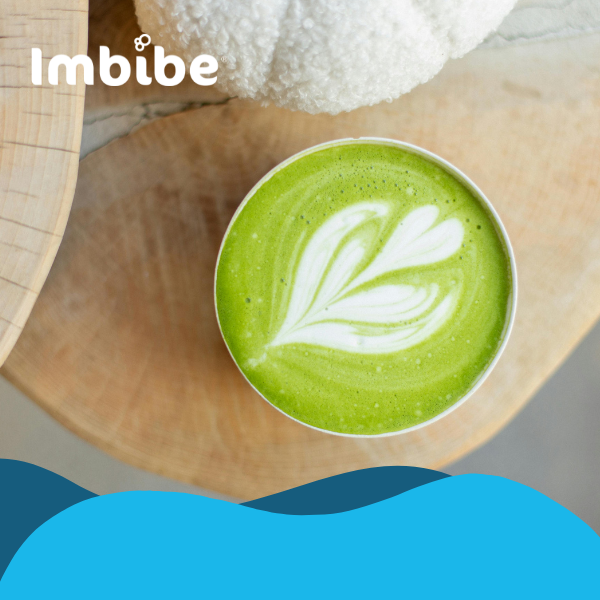
2022 Food & Beverage Trends Part 1
We couldn’t wrap up 2021 without reflecting on the past year and how it has affected the food and beverage industry. America’s younger generations, Gen Z and Millennials, are putting their money where their mouths are by placing personal and planet health as their top priorities. Consumers are being more selective when choosing what they’re snacking or sipping on, with just over 28.1 percent of all consumers reporting that staying at home during the pandemic has led to them eating more healthily. Younger consumers were the largest groups to report this with 35.7 percent of those 19 and under reporting dietary improvements.* The pandemic has inspired these trends we’ve identified for 2022 and beyond. *What if Media Group, 2021.Compassionate Consumption
Compassionate Consumption: While global headlines are consistently filled with climate change and sustainability matters, Gen Z’s passion for more environmentally safe manufacturing practices and products have inspired older generations to also start consuming products shaped by these values. In 2021, 78 percent of people are more likely to purchase a product if it is clearly labeled as “environmentally friendly”, according to a survey by GreenPrint. Waterdrop offers their naturally flavored drink cubes that were launched as a carbon-friendly option. These dissolvable cubes use 98% less plastic & CO2 than conventional bottled drinks.
We expect to see entrepreneurial brands speak to recapturing carbon and caring for the planet, forcing the veterans to look inward and be held accountable for their contribution to landfills and carbon emissions. Starbucks, PepsiCo, Kraft Heinz, and Coca-Cola are among some of the biggest companies that committed to net-zero emissions in 2021 (although their goal dates differ). Consumers are taking action by backing companies that offer more plant-based options and reusable/sustainable packaging, while also looking out for operational, manufacturing, and delivery methods that contribute to reforestation, forest conservation, and water replenishment in their supply chains.

Alcoholish

NoLo options will continue to make waves well beyond “Dry January”. RTD mocktails, spirit alternatives, booze-free wine, and mixers that are marketed to also be enjoyed on their own had a significant impact on the beverage industry over the last year. Non-alcoholic beverage sales in the U.S. increased 33 percent, reaching $331 million, in 2021.* In September of last year, Blake Lively launched her new line, Betty Buzz, which is made up of carbonated mixers that users are encouraged to consume as a replacement for traditional cocktails.
Sober-curious consumers (or those attempting to drink in moderation) are looking for options that have the same sophisticated flavors and excitement of drinking cocktails without the impediment of unhealthy ingredients or hangovers. While retailers and restaurants are stocking their shelves with no/low offerings, consumers are still yearning for the experience of going out for cocktails. We expect to see the origination of a new genre of sober bars that offer the same atmosphere as their traditional counterparts. *Nielsen, 2021.
Plant Based Energy
Following the growing interest in plant-based food and beverage, the U.S. energy drink market is evolving by including offerings that contain energy derived from plants. Plant-based energy, energy from plants, or powered by plants taglines will continue to proliferate in 2022, as more sources like yerba mate, moringa, yaupon, cascara, l-theanine, and green coffee extract will be included in more beverages that have energy-boosting benefits. PepsiCo’s Yachak repositioned themselves in 2021, using new packaging and messaging to attract the younger more health-conscious consumer to their variety of yerba mate energy teas.


Coming up next:
All Hail Cannabis | Setting the Mood | The Future is Artificial LowSo
Check out more on #TRENDSPOTTING, or visit our blog.



